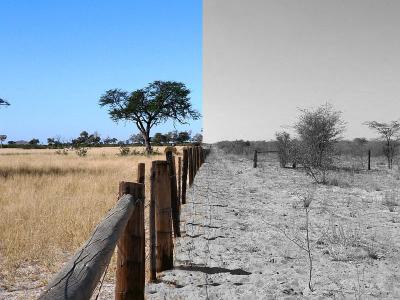Effects of different land use on numbers and species richness of the wild mammal fauna in northern Botswana and implications for conservation

Brief popular science presentation
Wildlife in Africa is in decline and this is possibly also happening in the country of Botswana. Though Botswana is seen as one of the most promising countries in Africa to be able to conserve their wildlife for future generations, they have some features threatening their conservation. The human induced threats include such as intense levels of livestock in unprotected land. The implementation of veterinary cordon fences that interrupt the migration routes of the large herbivores. In northern part of Botswana road counting was used to evaluate land use affects on the mammal fauna. There are four main land use types, the two unprotected called, common grazing areas (CGA, for residents to use for pastoral activities) and fenced ranches (FR, commercially owned) an the two protected, national parks (NP, by the state fully protected) and wild management areas (WMA, partly protected, buffer-zone to NP and sustained by an adjacent village). During dry season of 2007, more than 3000 km (evenly distributed) was driven within the four land use types. Inventory was done both during day- and night-time. This revealed most of the wild mammals observed placed within the protected areas; both in species richness and numbers. The large carnivores and large herd living herbivores were only seen in the protected areas.
Implications for conservations may include reduced cordon fences and lower numbers of livestock in unprotected areas. Functioning buffer-zones (WMA) since much of the wild mammals outside NP are found in this land use.
Sorry, this page is under construction but will soon be updated!
Responsible for this page:
Director of undergraduate studies Biology
Last updated:
06/19/08
